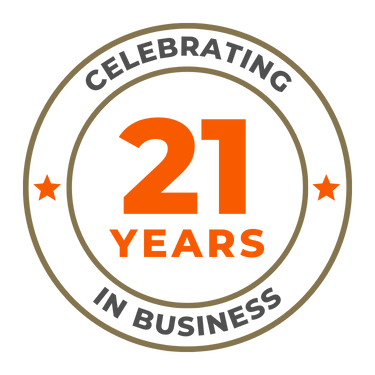The Water Damage Restoration Process
No matter what kind of water damage category (see previous post – 3 Categories) you encounter, it’s wise to engage a professional restoration company to evaluate the severity of your loss and your potential risks.
A licensed restoration professional will start the process by evaluating your water damage first before starting the water removal process of excess water or the drying process. Once excess water is removed in its liquid form, the drying process can begin by first getting to evaporate the remaining water that has already penetrated baseboards, walls and floors. Sparkle uses specialized drying process called Advanced Drying System (ADS), to accomplish this task very efficiently and effectively.
Special dehumidifier equipment pumps out low pressure, dry air and also collects the evaporated moisture particles in the air that got extracted from structural materials through air movement. The dehumidifiers then converts the evaporated water into liquid form again transporting it through hoses to a nearby sink or similar drain outlet to dispose of it.
Oftentimes a special containment is built around the affected area to isolate affected materials and to accelerate the drying process while protecting the rest of your home from potential cross-contamination of microbial contaminants.
Through the entire restoration process, your restoration contractor should keep you informed of the progress being made. We continuously inspect air and affected material moisture levels with special monitoring tools like moisture sensors and thermo-hygrometers that give us temperature and humidity readings. This lets us control the drying process.
For more info check out Sparkle’s Water Damage Brochure
Water Damage is NOT a DIY Job
Undetected or unattended water damage losses bear certain risks for your home and your health. Unlike common belief, even a small water damage should not be treated without consulting a professional. You might put yourself, your family and your property at risk.
Can I treat a water damage myself and just mop up the excess water, open the windows, and let sun and air do the rest?
In most cases, NO! Be aware, an area might get dry this way, but it for sure will take a long time. Time that is critical, and during which mold growth is likely to occur making way for a worse problem: A Mold infestation.
Can I dry the wet structure of my affected home with rented air blowers?
Whatever you plan on doing, NEVER dry a wet and possibly mold infested area with open blowers and without the use of dehumidifiers. You are at risk of spreading mold spores and of making your problem worse. You NEED a professionally-built containment! A professional restorer will assess your damage for any contamination first and then make his recommendations on the drying process based on his evaluation.
Can’t I just cut out pieces of wet drywall for the purpose of structural drying in my home?
Doing so without professional and licensed assistance might put you at risk of contaminating your home with asbestos! Homes that were built before 1986 are likely to contain asbestos fibers in the wall material. Cutting pieces of drywall out without observing asbestos and lead paint regulations puts your health at risk and might create the potential for liability if you rent or sell your property to another party.
( EPA link for asbestos) ( South Coast Air quality management district)
Health Problems Related to Water Damage
Health concerns arise when you have been exposed to a gray or black water damage loss. Harmful and highly-infectious bacteria thrive in sewage and other “black”, Category 3, water sources. In addition, if left untreated, any water damage can become a perfect foundation for excess mold growth indoors.
“At risk” individuals exposed to water damage losses and/or excess mold, include those with suppressed immune systems, young children, the elderly, and individuals with chronic inflammatory lung diseases such as asthma and severe allergies.
A quite different problem occurs if asbestos in wet dry walls is not properly dealt with during the removal or drying process, and not disposed of according to regulations. Asbestos exposure is toxic and increases your risk of developing lung disease.
As certified restorers we have the knowledge and equipment to not only remove excess water properly but to dry your home or facility completely and revert it its to pre-loss condition. We, at Sparkle, are trained to do so with minimal impact to you, your home and your health. We follow industry standard procedures to return your home back to healthy conditions.
If you would like to discuss your options with us about your water loss please call us for a free consultation at 949-631-1001 or 714

